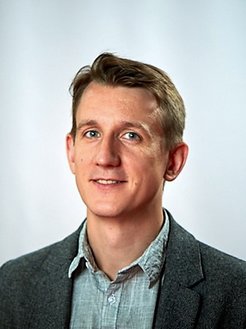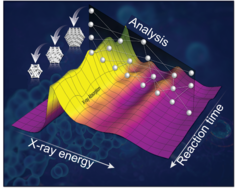Dr. Janis Timoshenko received Farrel Lytle Prize
Dr. Janis Timoshenko, head of the research group "Operando Hard X-Ray Spectroscopy" in the Interface Science department, has just received the Farrel Lytle Prize for Young Scientists of the International X-Ray Absorption Society (IXAS).


He obtained this distinction for his developed novel approaches for the analysis of X-ray absorption spectroscopy data. The IXAS is an international scientific organization representing all those involved in X-ray absorption spectroscopy and in related spectroscopic techniques dealing with the fine spectroscopic structure associated with the excitation of the atoms’ inner electronic shell by X-rays or electrons.
The IXAS awards prizes to outstanding individuals working with X-ray absorption spectroscopy. These prizes are awarded at the International XAFS Conference every three years, and are a highlight of the meeting. This year’s conference, held in Sydney in mid-July, was hybrid and the prizes were awarded online.
Dr. Janis Timoshenko studied physics in University of Latvia and also obtained his PhD there in 2015. He worked as a postdoctoral fellow at two universities in the US state of New York, the Stony Brook University and the Yeshiva University. Since 2018, he has dedicated himself to the experimental investigation of nanomaterials with synchrotron radiation in FHI's Department of Interface Science. His group's research focuses on the application and development of complementary synchrotron radiation techniques (X-ray absorption spectroscopy, high-energy X-ray diffraction coupled with pair distribution function analysis, small-angle X-ray scattering) that provide information on the transformations of catalyst structure at different length and time scales under catalytically relevant conditions.
Synchrotron radiation facilities are powerful light sources that can be used for numerous experimental techniques, including experiments in X-ray range, such as X-ray spectroscopy, scattering and imaging. The properties of synchrotron radiation - high intensity and broad energy spectrum - make these sources ideally suited for in situ and operando studies of advanced functional materials.













